
Privacy statement: Your privacy is very important to Us. Our company promises not to disclose your personal information to any external company with out your explicit permission.
Bench Lathes are workhorses in many workshops, prized for their versatility and precision in machining tasks. However, like any piece of equipment, they can face their fair share of issues, which can hinder productivity. Knowing how to identify these problems and efficiently troubleshoot them can save time, money, and headaches. In this comprehensive guide, we’ll dive into common bench lathe issues and how to troubleshoot them effectively.
One of the most common and easily overlooked problems is related to power supply. If your bench lathe isn’t turning on or runs intermittently, check the power connections, fuses, and wiring.
Troubleshooting Tip: Confirm that the main switch is functioning correctly and the circuit isn’t overloaded. If the machine hums but doesn’t start, the motor might have an issue or there could be a problem with the capacitor.
Quick Fix: For electrical issues, inspect wiring regularly and tighten any loose connections. If you suspect the motor is faulty, consult the manufacturer’s manual or an electrician.
Vibration can lead to poor finishes and increased wear on the machine. This usually occurs due to improper alignment or worn-out bearings. Another potential cause is an unbalanced workpiece or tooling.
Troubleshooting Tip: Check for loose bolts, nuts, or mounting screws, and ensure the lathe is sitting level. Inspect the bearings and lubricate them if necessary. Ensure that the chuck holds the workpiece securely and that it’s properly centered.
Quick Fix: Regularly balance workpieces, keep the machine level, and replace any worn bearings or bushings to reduce vibration.
Inaccuracy is a big deal in machining. Off-center work or poorly finished products often point to alignment problems or worn-out components.
Troubleshooting Tip: Examine the headstock and tailstock alignment using a dial indicator. If the misalignment persists, the headstock might require shimming or tailstock adjustments. Also, ensure the toolpost is square to the workpiece.
Quick Fix: Regular calibration and alignment checks can prevent these issues. You can also mark positions for easy reference.
Chatter is the undesirable vibration that leaves wavy patterns on the workpiece. It often results from incorrect tool angles, excessive cutting speed, or loose components.
Troubleshooting Tip: Adjust the tool’s angle to achieve the best contact with the material. Reduce the spindle speed, check for loose toolposts or cross-slides, and sharpen the cutting tool regularly.
Quick Fix: When chatter persists, consider a change in cutting technique or upgrading to a more rigid toolpost.
Excessive tool wear or breakage could be caused by the type of material being cut, incorrect cutting speeds, or a lack of lubrication.
Troubleshooting Tip: Select the appropriate cutting speed and feed rate for the material in use. Always keep the tools sharp and use the correct tool geometry. Additionally, check if coolant or cutting fluid is being applied efficiently.
Quick Fix: Regular tool maintenance and replacement are key. Also, always stock up on high-quality cutting fluids.
If you notice insufficient coolant reaching the cutting area, it can lead to overheating and damage. Clogged nozzles or low coolant levels could be the culprit.
Troubleshooting Tip: Inspect and clean the coolant nozzles regularly to prevent clogs. Monitor coolant levels and ensure the pump is in good working order.
Quick Fix: Clean and flush the coolant system periodically and check for leaks in hoses or connections.
Spindle issues are often associated with unusual noises, decreased precision, or grinding during operation. Worn bearings or improper lubrication are usually the root causes.
Troubleshooting Tip: Listen for grinding noises or inspect the spindle for signs of wear. Verify that bearings are correctly lubricated and not worn out.
Quick Fix: Routine lubrication and bearing inspection can prevent spindle wear and tear.
The lead screw and feed mechanisms are crucial for accurate movements in the lathe. If these are worn or damaged, the machine may not feed correctly, leading to dimensional inaccuracies.
Troubleshooting Tip: Regularly inspect the lead screw and the gears connected to it. Look out for any unusual backlash, and adjust or replace components as necessary.
Quick Fix: Adjust backlash settings periodically and lubricate the lead screw and gears to ensure smooth operation.
Tailstock misalignment can lead to inaccuracies in drilling or turning operations. It usually occurs due to wear or rough handling of the tailstock.
Troubleshooting Tip: Measure alignment between the tailstock and spindle using a dial indicator. If the misalignment exceeds the acceptable tolerance, readjust the tailstock.
Quick Fix: Realign the tailstock and mark a reference point for future use.
Over time, the lathe bed and gibs can wear out, causing play in the carriage and loss of precision.
Troubleshooting Tip: Check for wear on the lathe bed and adjust the gibs to eliminate excess movement. Use a feeler gauge to measure any clearances and make necessary adjustments.
Quick Fix: Regularly inspect and tighten gibs, and if the bed is worn out, consider regrinding it or seeking professional service.
October 29, 2024
October 28, 2024
Email to this supplier
October 29, 2024
October 28, 2024


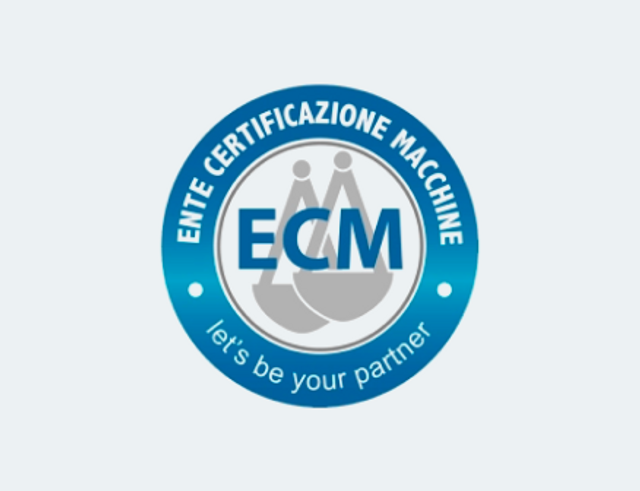



Explore our Extensive Range of Precision Metalworking Machine Tools. Discover the Power of Precision and Innovation in Metal and Material Processing with Weiss
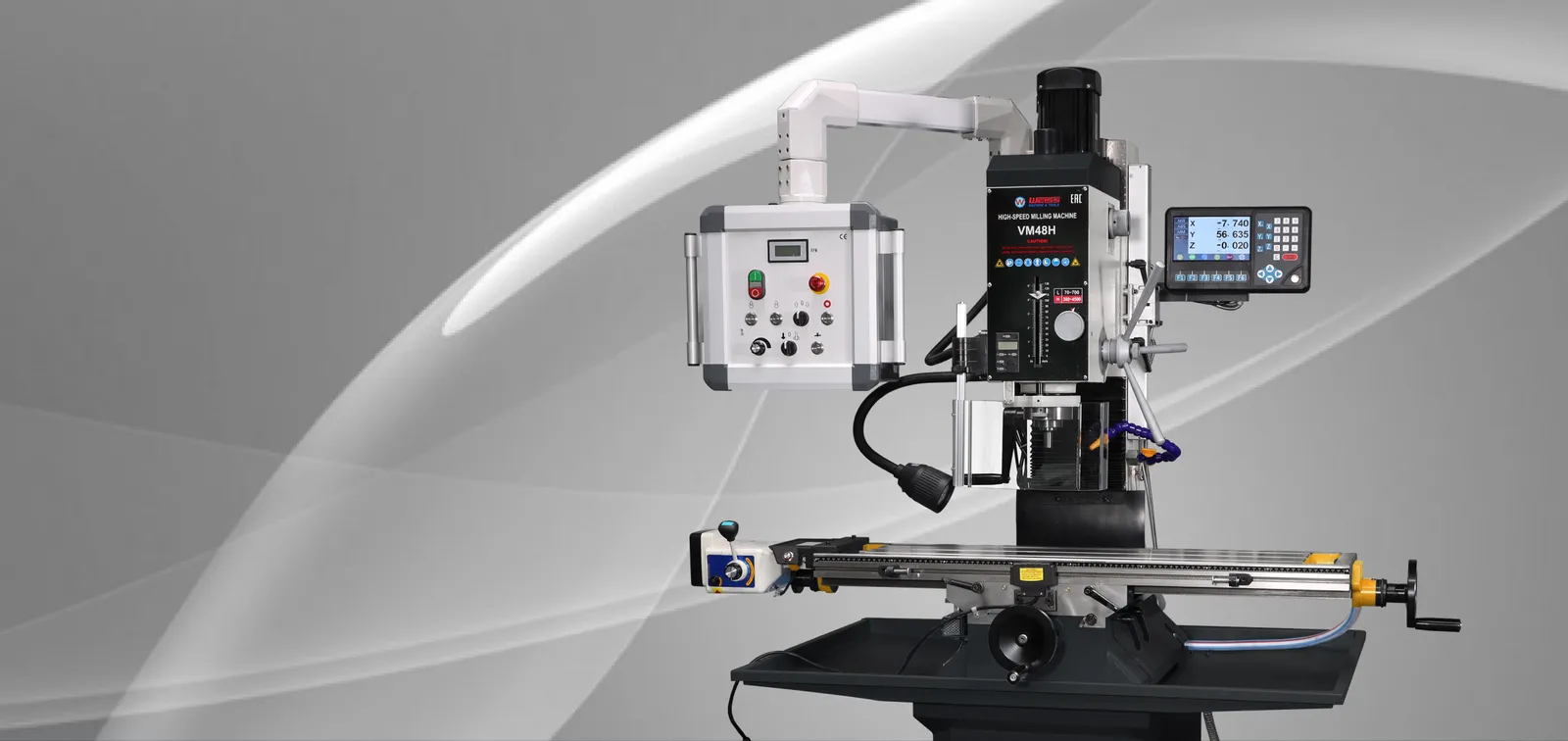
Heavy, stable and solid column,
made of high-quality gray cast iron, with ground and scraped dovetail guide,
for high stability and precision
View More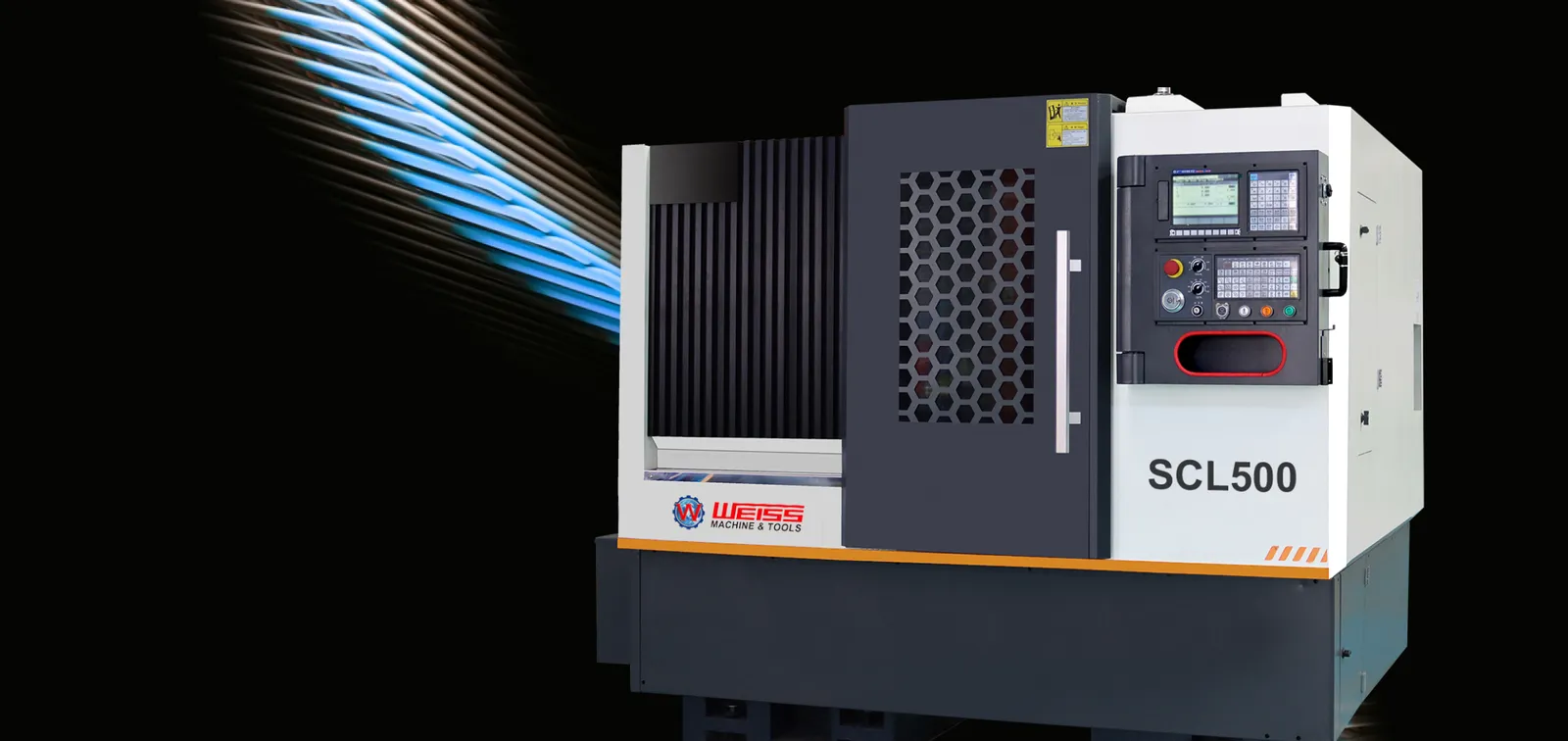
Slant bed and linear guide way CNC lathe.
High speed, High precision, High reliability
View More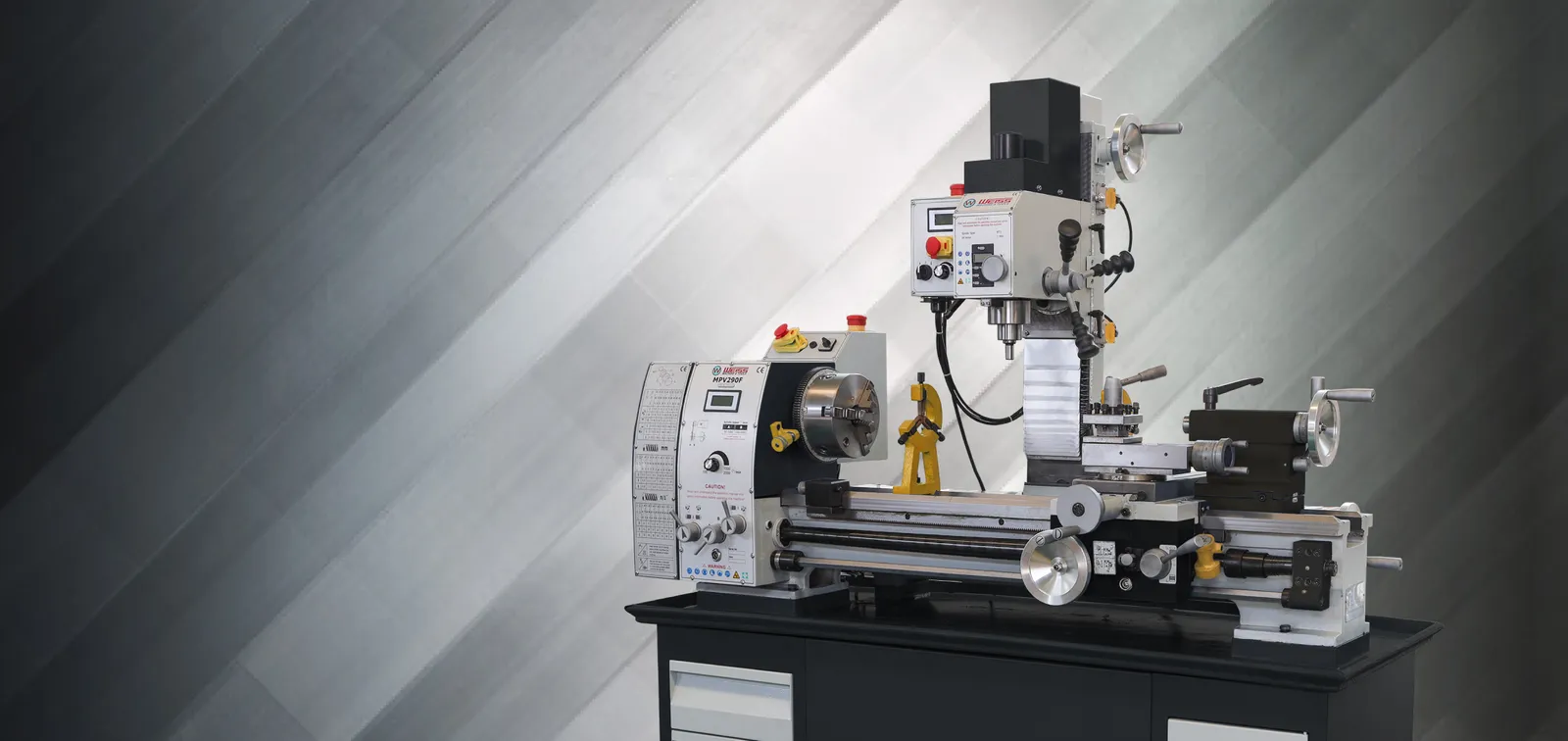
Prouduct quality and reliability Competitive pricing
Product innovatio and cariety
View MoreWEISS MACHINERY CO., LTD. to be your trusted partner for metalworking machine tools. We have a wide range of milling machines , tapping machines, and accessories that meet the highest standards of quality, performance, and reliability. Our machines have brushless motors that ensure low maintenance and high efficiency. We also offer online sales, international delivery, secure payment, professional advice, and 20 years of experience. Weiss, make it easy!
View MoreCompany Establishment
Countries&Regions with Product Sales
Factory Area
Product Varieties

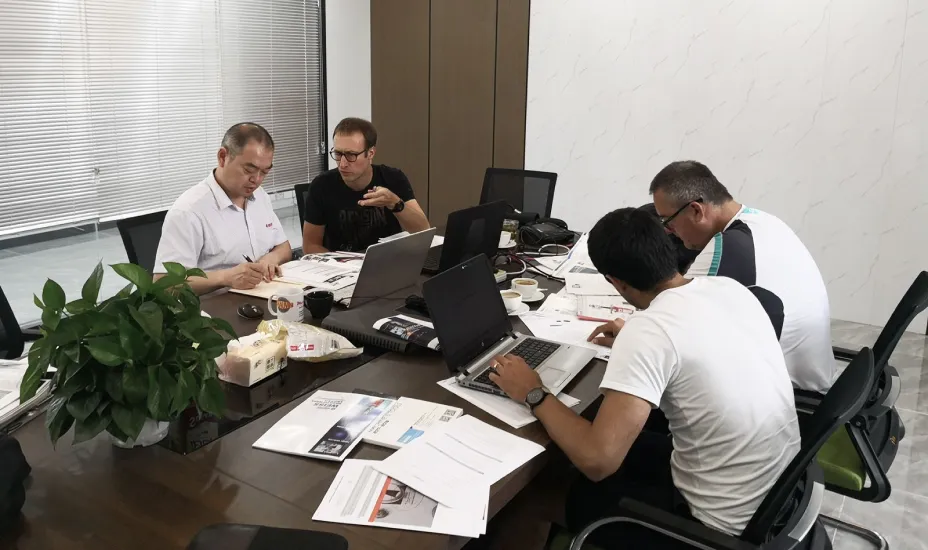
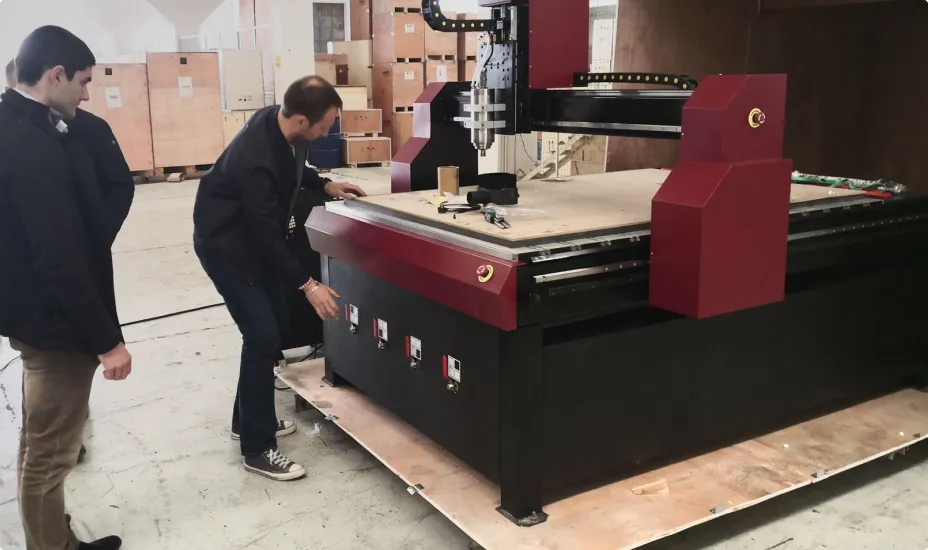
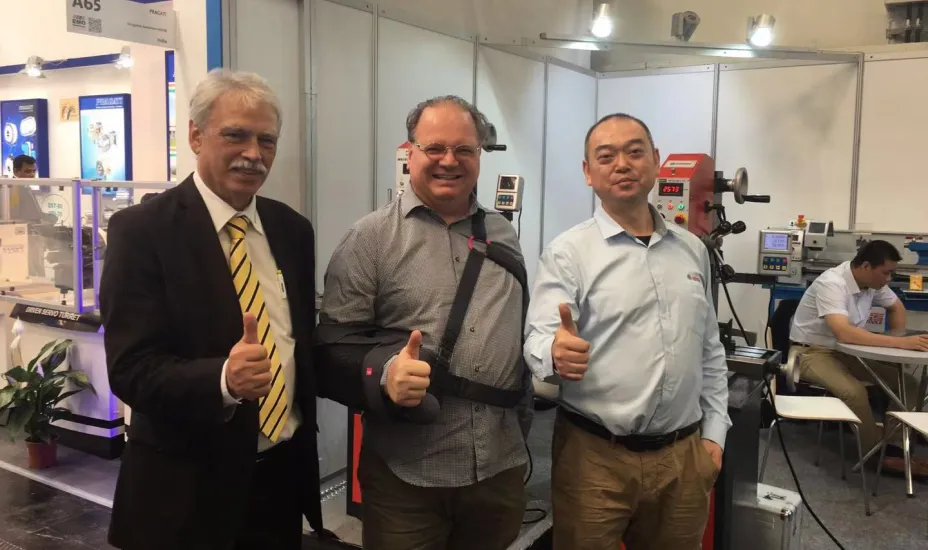
We have been extremely impressed with the quality and performance of the electronic milling machine we purchased from your company. It has greatly enhanced our production capabilities and consistently delivers exceptional results.
MA***N
Your Trusted Partner for Comprehensive Machine Tool Solutions.

Privacy statement: Your privacy is very important to Us. Our company promises not to disclose your personal information to any external company with out your explicit permission.

Fill in more information so that we can get in touch with you faster
Privacy statement: Your privacy is very important to Us. Our company promises not to disclose your personal information to any external company with out your explicit permission.